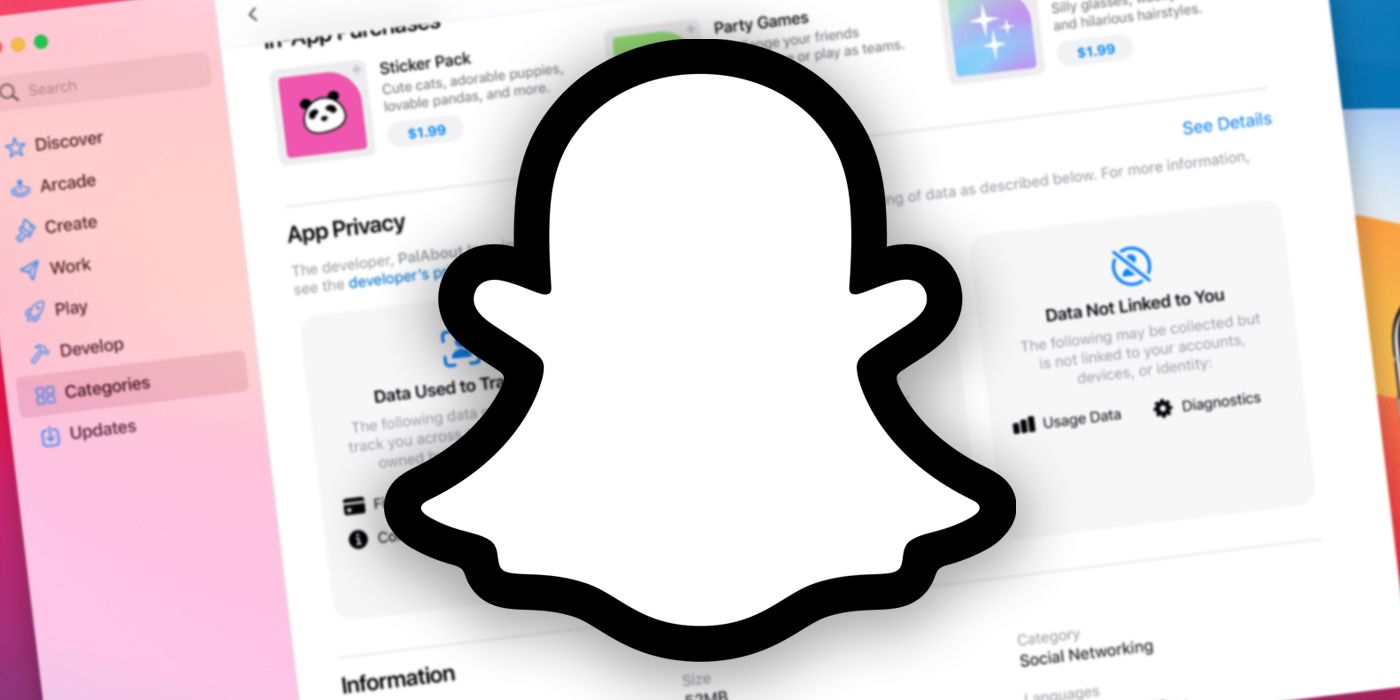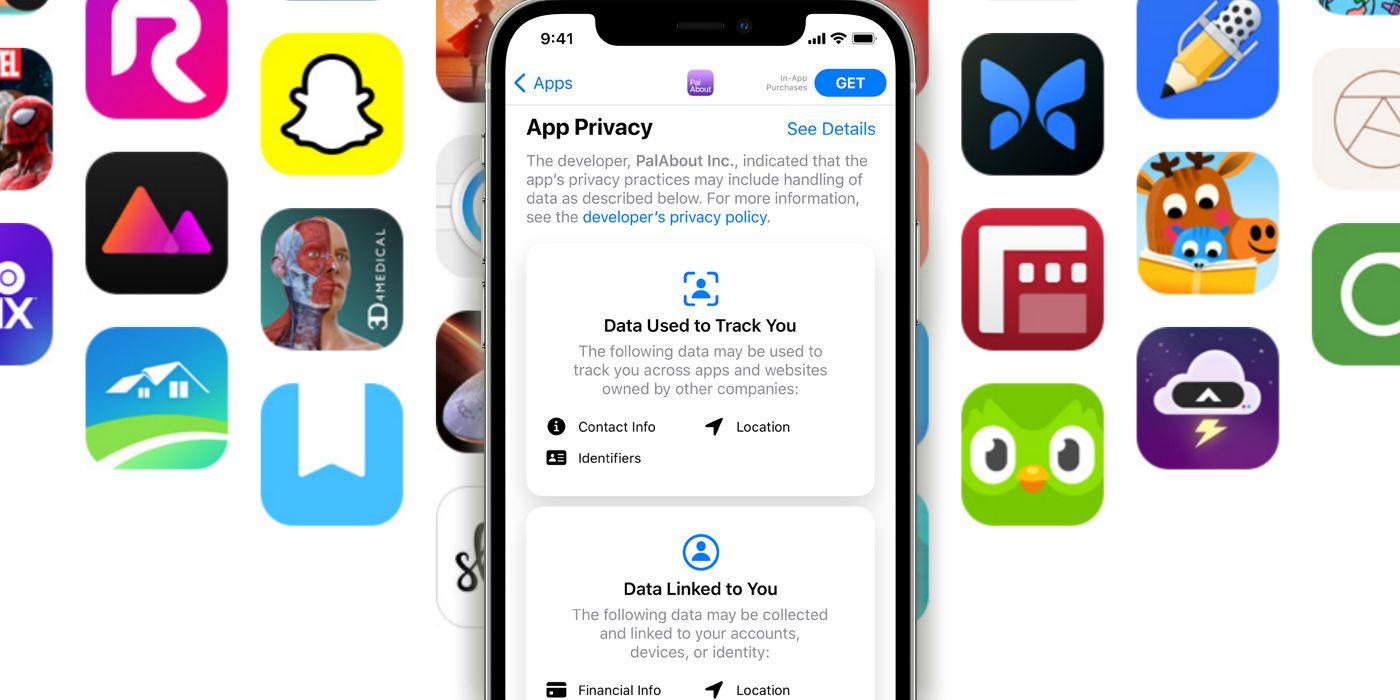Snap, the company behind Snapchat, has reportedly been investigating ways to bypass Apple’s new App Tracking Transparency rules to track users without their knowledge. Apple’s new system forces developers to disclose exactly what information they’re gathering and provide the ability for users to opt out of being tracked. This has left some of the biggest names in the business worried about how transparency will affect their bottom line and grasping for alternative solutions.
Apps track users in many ways, some of which are identifiable and some aren’t. It’s the former that’s most profitable, however, and has led many apps to secretly gather and share user data for targeted ad campaigns. Understandably, many users will opt out when asked if an app can share their financial information or browsing history. As a result, developers are investigating workarounds to track users without running afoul of Apple’s new privacy rules.
The Financial Times reports that Snap looked into a method of covertly tracking users without their consent. The technique uses probability matching, which gathers a large amount of user data from third-party companies and then matches it with its own user data in an attempt to identify individual users. Snapchat isn’t the first app to investigate such a thing: TikTok used a similar strategy in its own attempt to circumvent Apple’s new consumer-first policies. In a comment to the publication, Snap acknowledged that the workaround would fall afoul of Apple’s policies and that it would discontinue the program before the new rules take effect. Troublingly, though, the company also indicated its belief that gathering “cohort data” — data about groups of users rather than individuals — would still be acceptable, though experts speaking to the Financial Times disagreed.
Apple App Tracking Transparency: What and Why
Apple unveiled its new App Tracking Transparency rules in June of last year at its Worldwide Developers Conference. The new system requires app developers to disclose what information their apps collect and share about users through new easy-to-understand “nutrition labels.” These labels break down data tracking into “Data Used to Track You” and “Data Linked to You” and are further broken down into specific categories like contact information, browsing history, location, and financial information. Beginning with iOS 14.5, users will have to consent to each type of tracking similar to how they previously had to give permission to access contact lists and device storage. By putting this information on display in such a prominent way and requiring permission for each area, Apple is empowering its customers to make more informed decisions about which apps they use and stemming the tide of secretive information gathering.
Targeted advertising is a big business, which is exactly why so many apps are keen to gather as much user data as possible. Facebook generated more than 84 billion in ad revenue in 2020 alone and wasn’t particularly happy when Apple decided to shed light on just how much users were being tracked. Unfortunately, until now, the standard practice was to hide these details in lengthy terms of service contracts, leaving many people in the dark about what they were actually consenting to share.
As the saying goes, information is power and that is exactly the thrust behind this initiative. Apple users will still have to agree to be tracked to continue using many apps but making users more aware of what apps are gathering about them and offering them the opportunity to opt-out is a net positive for consumers. App developers may be concerned with lost revenues, but if simple transparency is poised to wreak such havoc on the mobile advertising industry, then that is a good indicator that this is an industry that has operated too long in the shadows.
Source: Financial Times, Statista


